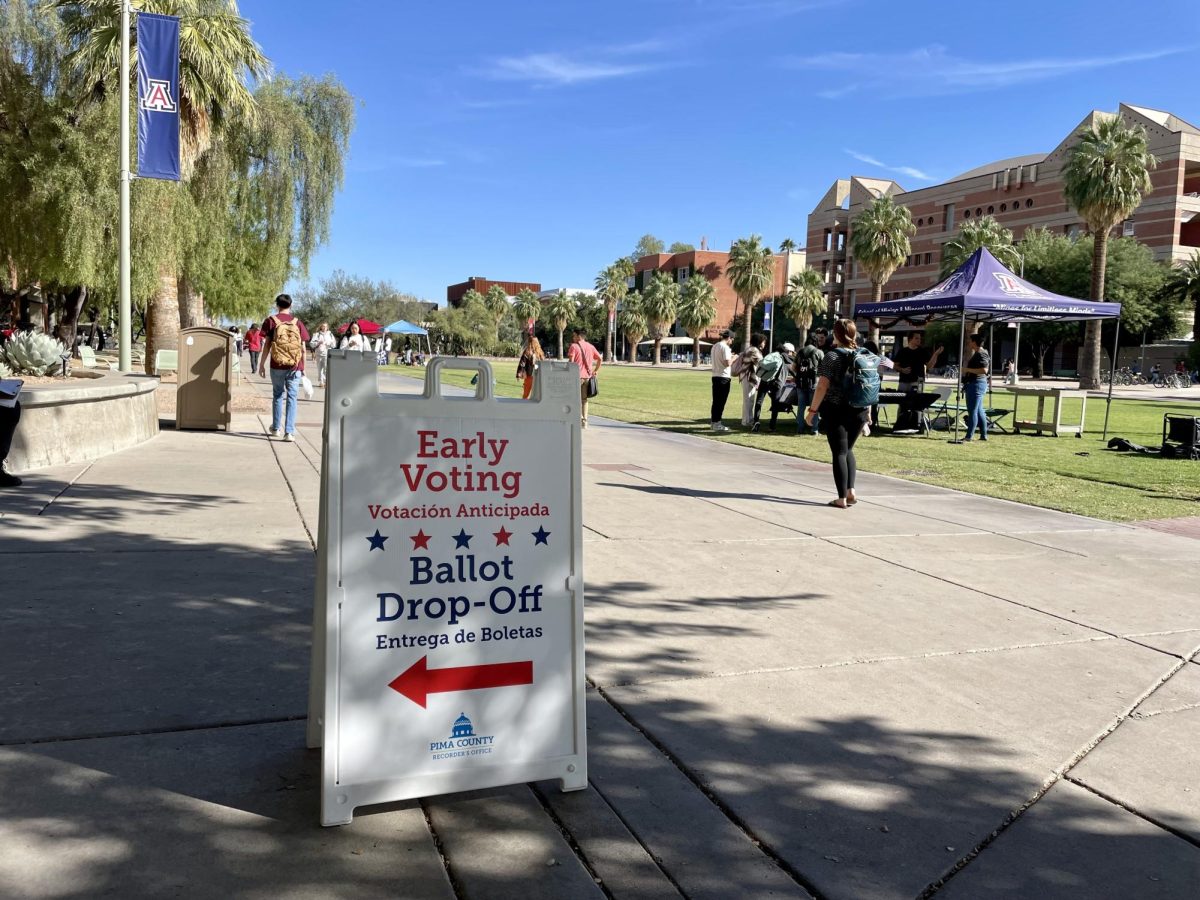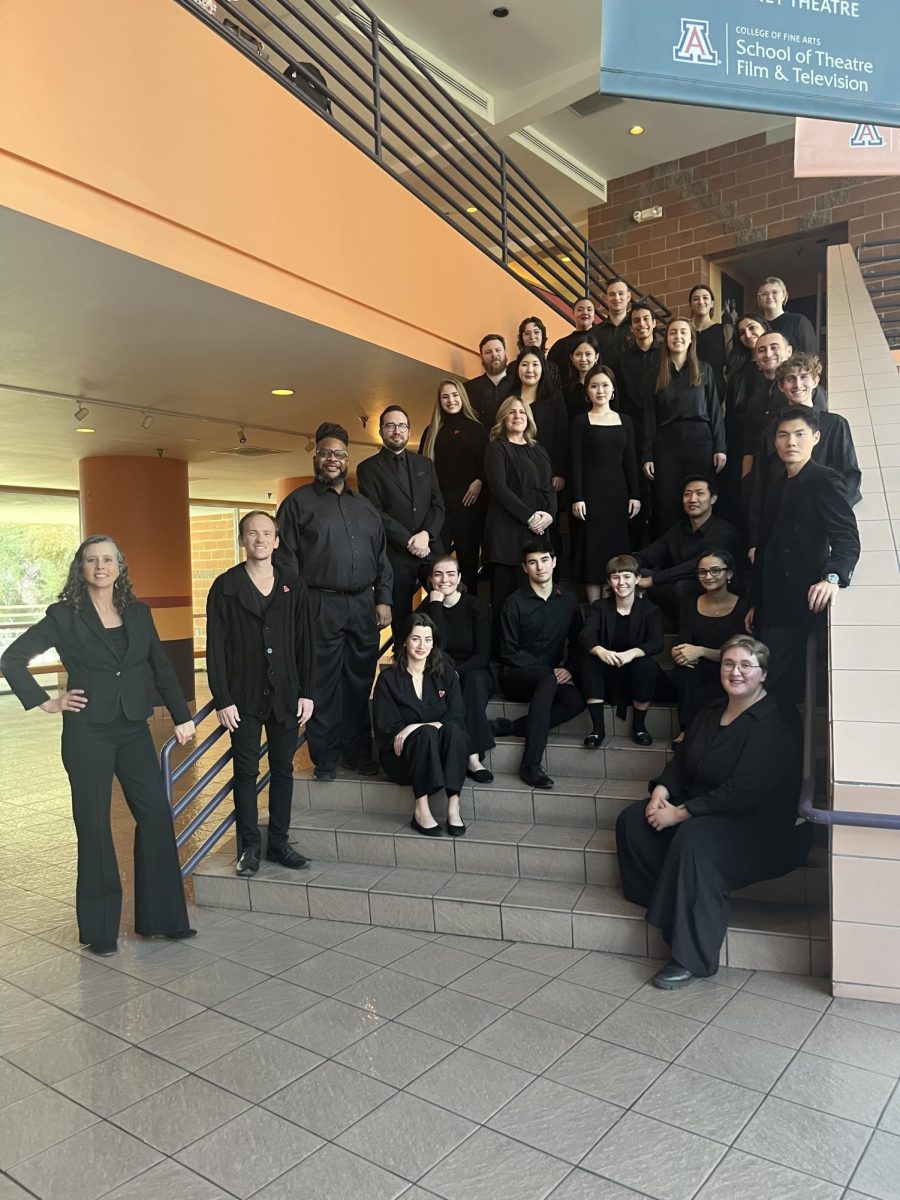Two people pass under the mosaic dome of the Pima County Historic Courthouse. The sprawling Spanish Colonial building has long been associated with the region, with its dome appearing on the Pima County logo.
Pima County opened a new transition center at the Pima County Adult Detention Center aimed to keep nonviolent offenders from going back to jail. The center has been operating since June and fully opened last month with certified justice navigators already having connected over 200 individuals with resources in the community.
According to Pima County, the jail is near capacity with over 1,900 people. The most common reason for re-arrest is failure to appear in court. Additionally, over half of inmates suffer from a substance abuse disorder, while almost half suffer from mental disorders.
The transition center aims to lower these numbers by connecting released inmates to resources to fit their needs. These services include transportation, employment, housing, drug rehabilitation, food and phone service.
Justice navigators can provide encouragement and support, such as following up with inmates about court dates, assisting those who need help navigating services and doing a “warm handoff” at service locations.
“We do not provide direct services. What we wanted to do was identify a path through individuals with lived experience,” said center director Doyle Morrison.
“All of us that work here have come through the justice system,” Morrison said. “Several of us have dealt with substance abuse issues and mental health issues. We’re on the other side of it and we want to give back and help those coming behind us.”
Being able to provide the right services to individuals necessitates engagement, communication and collaboration with the people the navigators serve, according to Morrison.
“We interview individuals, identify their barriers to success and if they’re open to it, then we start referring them to resources and other supportive agencies that can provide those services,” Morrison said.
Using the transition center is not mandatory. Inmates can choose to use it if they feel they are ready. Justice navigators also do not enforce release conditions, nor do they report noncompliance to the police unless someone is in danger.
When inmates are leaving pretrial services, they are sent to the transition center, and from there will meet with the navigators who will refer them to services specific to their situation. After that, the navigators will follow up to make sure they have a plan to reach court.
With these services being provided, a question emerges: for those who have already been through the justice system, why would they want to go through the justice system once again for help?
“You have to understand that many individuals navigating incarceration have experienced trauma around it. This is not their first time dealing with law enforcement, withdrawals, treatment or mental health issues,” Morrison said. “It can cause them to not want to cooperate, or to not share. It can cause them to relive the anxiety and emotions of past experience and shut down.”
Justice navigators approach these individuals with an understanding of the trauma that may still guide their actions and perspectives while in the context of the justice system.
“What we provide is a trauma informed perspective when we deal with individuals. We have lived experience which alleviates the stigma,” Morrison said. “We come to them and say let’s talk about what you’re dealing with, let us help you identify solutions to change this and get you thriving.”
Follow the Daily Wildcat on Instagram and Twitter (X)















